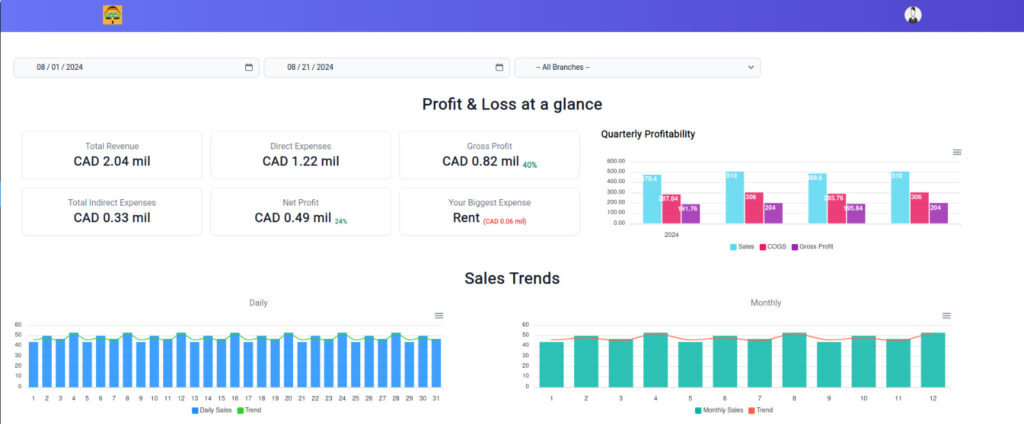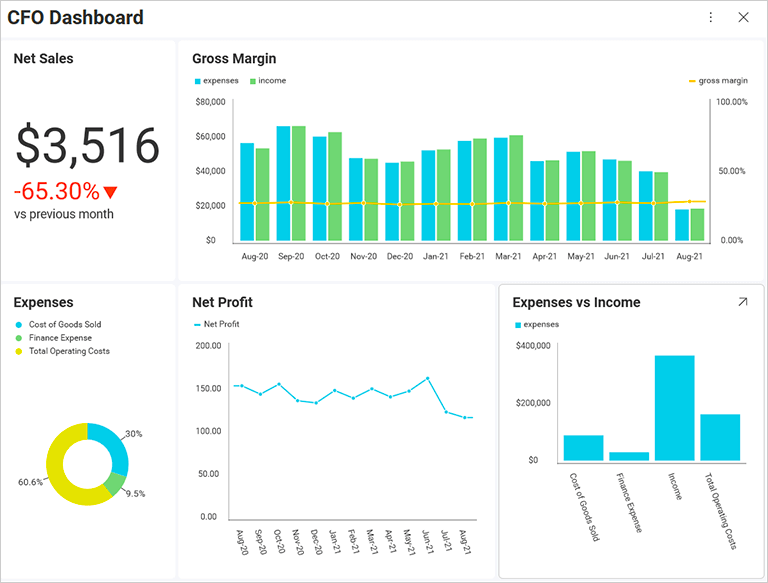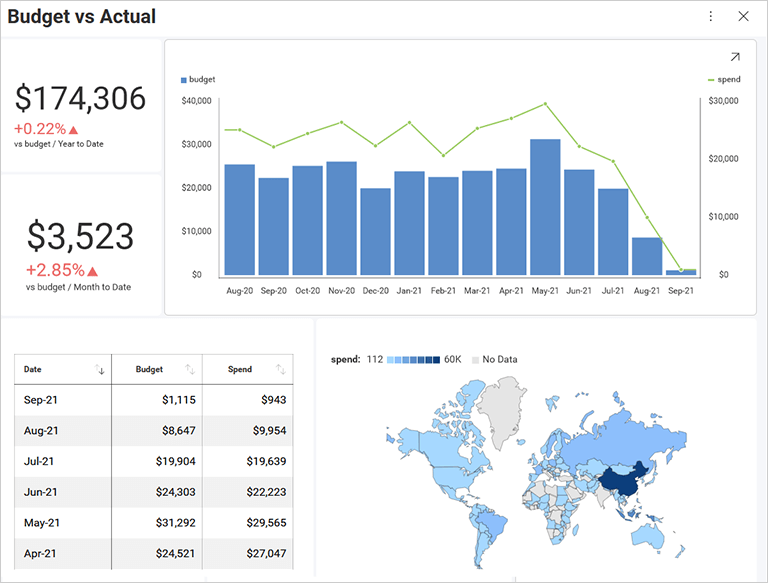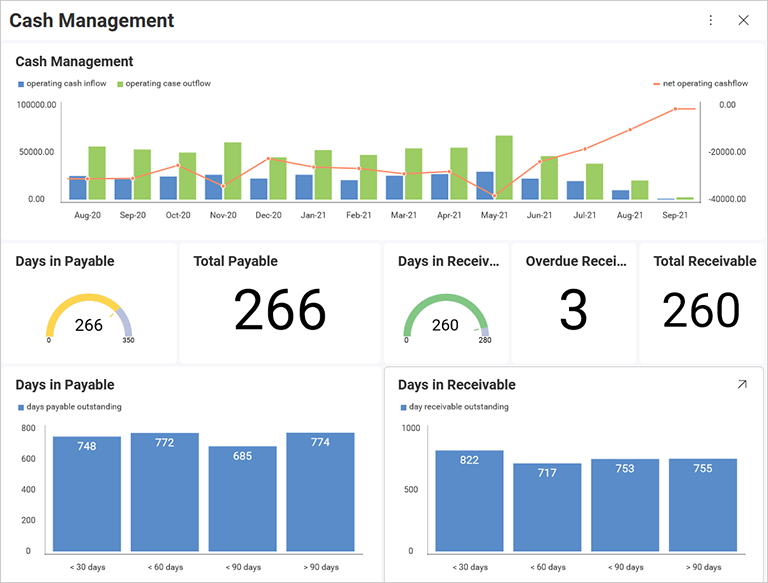
The Importance of Embedded Analytics for Finance
The Importance of Embedded Analytics for Finance
Finance analytics arms CFOs with the tools they need in order to better understand and analyze data so they can lower costs, drive higher revenue, add more value to customers and get ahead of the competition. For example, digital platforms that weren’t initially offering financial services along with their existing offerings but now do become more attractive to customers, improve customer retention and increase their revenue. Consumers, on the other side, get access to more convenient applications, better and cheaper financial services, customized offerings and better customer experience.
4 Key Benefits Embedded Analytics Provides to Finance
Generating additional revenue streams
Offering embedded financial services opens up the door to additional revenue streams. Companies can charge small fess on in-app transactions, by providing credits to customers in the form of interest payments, when users swipe a debit card with embedded finance features and more.
IImproves the decision-making process
Finance analytics generate data-driven insights and help businesses make smarter and informed decisions. With real-time data at your fingertips, you can make better decisions about the shaping up of future business goals, short and long-term strategies, optimize and improve operational efficiency, make investment decisions more confidently, and lots more.
Added value to customers
Users are no longer being redirected to multiple applications to complete a single payment, but instead can complete entire purchases and pay bills without having to switch between apps or even leave the comfort of their home. When users don’t have to deal with 3rd party vendors, the relationship between customers and the company improves significantly.
Forecasts sales
The abundance of marketing, sales and customer behavior data makes it easier to forecast sales accurately, as well as predict demand for future products and services.
Finance Dashboard Samples
Profit and Loss Dashboard
The profit and loss financial dashboard summarize the revenue, expenses and costs acquired over a specific period of time, usually throughout a fiscal quarter of the year. With the insights gathered in this dashboard, viewers can learn the answers to so many questions including why the business lost money or how to revenue and expenses compare to the last report.


CFO Dashboard
A CFO dashboard provides a view of all the information the CFO needs to perform their day-to-day activities in the best way possible. It includes the key financial areas that are most relevant for CFOs such as costs, sales goals, gross profit, plus employee and customer satisfaction metrics. They all help them get a clear picture of the overall financial health of the company and optimize future strategies and activities accordingly.
Budget vs Actual Dashboard
The primary goal of the budget vs actual dashboard is to make it easier to track whether a project in staying on budget or whether it’s likely to exceed costs in the process of completion. It displays a visual comparison of the project budget and the actual amount spent on it for the moment.


Cash Management Dashboard
Cash management dashboard helps businesses understand their current cash flow situation – how much money comes in and how much money goes out of the business. It allows you to visually track month-to-month cash flow, spot patterns and compare performance.